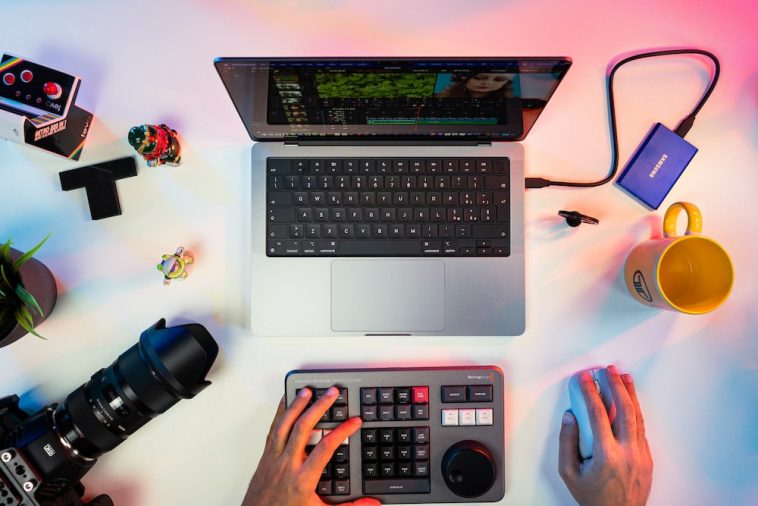Introduction.
Video content reigns supreme. Whether you’re a seasoned content creator or just starting your journey, harnessing the power of video can be a transformative step in engaging and expanding your audience.
However, creating captivating videos is not solely about what you capture on camera; it’s equally about how you edit and present your footage. This guide is tailored to content creators eager to unlock the art of video editing.
From understanding the fundamentals of editing software to mastering techniques that will breathe life into your content, we’ll delve into the strategies and skills needed to elevate your videos to a professional level.
How do I Edit Videos as a Content Creator?
Whether you’re a vlogger, YouTuber, filmmaker, or anyone looking to harness the power of visual storytelling, video editing is a skill that can elevate your content to new heights.
In this article, we’ll explore the essential steps and techniques to help content creators edit videos effectively and create captivating content.
1. Choose the Right Editing Software.
The first step in video editing is selecting the right software for your needs. There are a plethora of options available, from free and user-friendly programs like iMovie and HitFilm Express to professional software like Adobe Premiere Pro and Final Cut Pro. Choose the one that aligns with your skill level and budget.
2. Organize Your Footage.
Before you start editing, organize your video footage and assets. Create a structured file system to keep your media files, such as video clips, audio tracks, and graphics, easily accessible. Proper organization saves you time and minimizes frustration during the editing process.
3. Understand the Basics of Editing.
Familiarize yourself with the fundamental principles of video editing:
- Cutting and Trimming: Removing unwanted sections of footage to enhance pacing.
- Transitions: Smoothly transitioning between clips using cuts, fades, dissolves, or other effects.
- Audio Editing: Adjusting audio levels, adding music, and eliminating background noise.
- Colour Correction: Enhancing and balancing the colours in your footage.
- Text and Graphics: Incorporating text overlays, titles, and graphics to convey information.
4. Create a Storyboard or Script.
For more structured content, such as tutorials or narratives, it’s beneficial to create a storyboard or script before you start editing. This planning phase helps you visualize the final video and ensures a coherent flow.
5. Start with a Strong Opening.
The first few seconds of your video are crucial in grabbing your viewers’ attention. Use a compelling hook, intriguing visuals, or a brief teaser to entice your audience to keep watching.
6. Maintain Consistency.
Consistency in style, pacing, and branding is vital for building your content’s identity. Use a consistent colour scheme, font, and graphics to reinforce your brand.
7. Focus on Audio Quality.
Quality audio is equally important as video quality. Use a good microphone to capture clear audio and invest time in audio editing to eliminate noise and improve clarity.
8. Master Transitions.
Effective use of transitions can enhance the flow of your video. Experiment with different types of transitions to find what suits your content best, but avoid overusing them, as they can be distracting.
9. Keep It Concise.
In the age of short attention spans, concise videos tend to perform better. Trim unnecessary footage and get to the point quickly while retaining the essence of your message.
10. Use Music Wisely.
Music can set the tone and enhance the emotional impact of your video. Ensure that the music you use aligns with the mood and message of your content. Be mindful of copyright and use licensed music when necessary.
11. Seek Feedback.
Don’t hesitate to seek feedback from peers or your audience. Constructive criticism can help you improve your editing skills and create more engaging content.
12. Practice and Experiment.
Video editing is a skill that improves with practice. Experiment with different techniques, effects, and styles to find your unique editing voice.
13. Stay Updated.
The world of video editing is continually evolving, with new software updates and trends emerging. Stay updated with the latest developments and techniques in the field.
Conclusion.
Video editing is an art form that can transform your raw footage into compelling, shareable content. By understanding the basics, practising your skills, and continuously refining your craft, you can become a proficient video editor and take your content creation endeavours to the next level.
Remember that the best video editors are not only skilled technicians but also creative storytellers who can captivate and engage their audiences.






GIPHY App Key not set. Please check settings